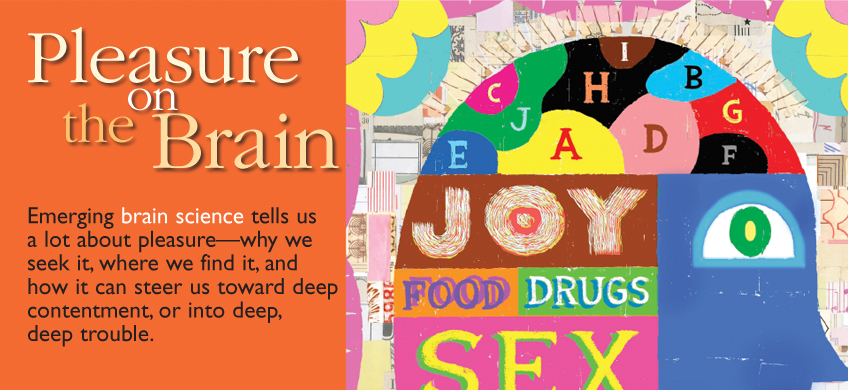
For the sake of happiness, indulge in this fantasy: Think of a tropical island where the sun shines and the fish jump, where exotic fruits fall off the trees into your hands and gracious people move through their paces as they have for centuries, and where time passes as slowly as the days unfold. Who wouldn’t be happy in such a slice of heaven?
Now consider the people of Nauru. A 13-square-mile coral oval in the Pacific, just south of the equator, Nauru was an Eden for centuries. Outside of an internecine skirmish or two, it was a sun-drenched haven filled with mostly healthy, happy people. Then, after World War I, European companies found gold in the accumulated guano—seabird droppings rich in phosphates, prized in the West for their value as fertilizer and as an ingredient in gunpowder—that covered much of the island. By 1970, when the islanders-owned Nauru Phosphate Corporation made Nauruans the second-richest people per capita in the world, their diet had begun to change. Fish and coconuts had given way to fatty meats, junk food, and soft drinks that island residents imported. Alcohol and tobacco abuse became rampant. Because guano was mined and shipped off by others, Nauruans didn’t have to work—a situation prominent in many of our fantasies, for sure, but one with repercussions. A sedentary lifestyle, bad food, and too many vices eventually saddled Nauruans with the world’s highest rates of diabetes and heart disease. (The life expectancy for a Nauruan man now is only 60.) Now, more than 80 percent of the island’s populace is obese. What’s more, the riches wrought from bird poop were largely squandered or gambled away, or put into bad investments. The island is now destitute, with only meager phosphate reserves remaining, and largely despoiled to the point where its people might never produce enough food on their own to fill their potbellies.
So much for paradise. While Nauru has become a case study of sorts for how small, distant cultures can clash with the wealthy Western lifestyle, the island’s sad saga is also a be-careful-what-you-wish-for tale that says a lot about how our brains’ hard-wired penchant for strong satisfying sensations, located in something scientists call “the medial forebrain pleasure circuit,” can turn the pursuit of happiness into a diversion to danger.
Scientists began more intently focusing their gaze on pleasure—how and why we respond to it—about 15 years ago, when advances made in functional magnetic resonance imaging (fMRI) and positron emission tomography (PET) scans made it possible for them to look at our brain on drugs, during orgasm or exercise, and while praying or gambling. Because of those technological leaps, there’s now a clearer picture emerging of what our brain looks like on pleasure, how it drives our behavior (good and bad), and why we seek mental challenges.
Researchers already knew from invasive, ethically questionable studies in the 1960s and ’70s that implanting electrodes deep inside gray matter would lead people to respond almost maniacally to direct hits of brain stimulation. Echoing the behavior of electrode-outfitted rats in earlier lab investigations, human subjects would press the lever of pleasure over and over again, hundreds of times per day, even as their health, hygiene, and relationships suffered. One woman, hooked up to relieve chronic pain, experienced a zing of sexual pleasure as a side effect. She twisted an intensity knob so often she developed an ulcer on her finger.
Like those frazzled subjects, we’re all addicts of sorts, trained by millions of years of evolution to seek out things—food, water, sex—that help us survive and propel our genes into the next generation. When we anticipate and attain those things, we are happy and in the moment—for as long as that moment lasts.
But happiness is a philosophical concept, and a slippery one at that. The ancient Greeks considered happiness to be something earned over a lifetime, or as a series of pleasurable experiences tied end to end, depending on who was doing the thinking. But they realized the quest for it—and its definition—was hard to pin down. In the modern world, happiness is still a trick of sorts. We often say we’re at our happiest when we’re not, according to those who study such things. Parents might say they’re delighted to be raising their children, but virtually every survey shows that people are more likely to report being unhappy while they’re busy parenting, and that they’re much more content once the kids have grown and left them alone. How many of us know people who say they’re happy, until they break down and start telling us how miserable their lives are?
Illustration by Noha Woods
